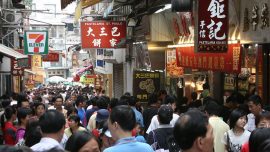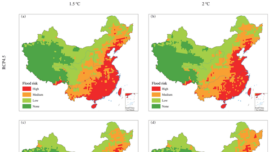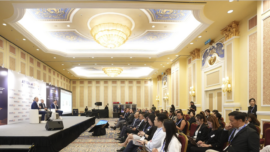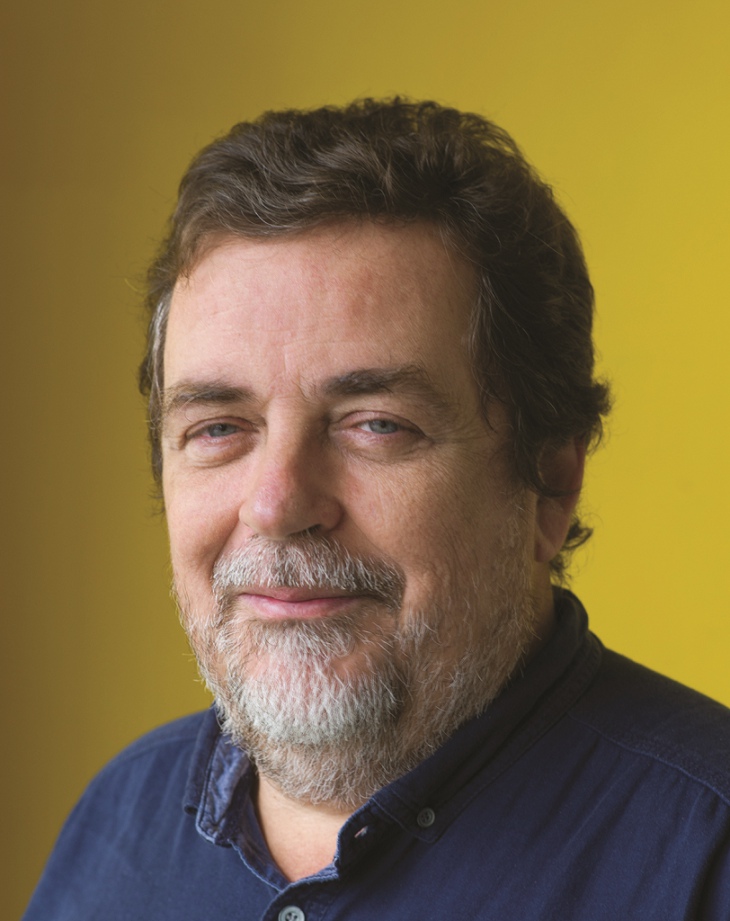
José I. Duarte
Economist, Macau Business Senior Analyst
As the economy recovers, one hears renewed complaints about tourism overcrowding. Nobody indeed longs for COVID or any similar experience. Still, one cannot fail to recognise that many felt the aftermath of the pandemic gave the city back to the locals for a period. For many residents, the rising tide of tourism flows has brought back concerns about livability and well-being as areas of the city become visibly overcrowded and transit congestion intensifies.
Consequently, demands for some sort of limitation on the number of visitors returned to the public agenda. The issue is not new, and neither is the main remedy suggested. Maybe it is time we had a fuller discussion about these issues, one from which a policy can be drawn that addresses those legitimate concerns without undue or avoidable costs that will also affect the citizens’ welfare.
Macau has a population approaching 600,000 people while receiving more than three million monthly visitors at times. The stress on the urban space and infrastructure, not to mention the daily routines of residents, is undeniable and, at times, painful.

So, the problem is real, but a solution, if there is one, must ponder and balance the various aspects and interests at stake, upholding tourism’s benefits while lessening the inconveniences locals and visitors feel. Other cities worldwide are grappling with similar problems and discussing or trying ways of dealing with them.
Setting a maximum number of visitors has been proposed at times, and it seems like a simple and intuitive approach. Yet, it risks being rather crude as a measure and may entail needless side effects. Not all visitors are alike; not all pose the same challenges and impose the same costs. Simple solutions based on single quotas are unlikely to provide the necessary answers.
Using the readily available figures published by the government, we can distinguish two broad types of visitors: same-day and overnight. Even at such a general level of distinction, it is clear they contribute in very different ways to the local economy and impose very different levels of stress on the urban and social fabric. Any policy bent on limiting visitors’ impact must start by clearly distinguishing these situations and their predictable implications. They are likely to call for different approaches and incentives if they are to deliver the desired results and lessen undesired effects.
On average, same-day visitors stay in Macau for less than five hours. During those limited periods, they concentrate mainly on a very limited area of the city and impose the severest constraints on vehicle and person circulation. Their presence and expenses are indeed meaningful for a limited but not trivial number of local businesses. Overall, however, they represent comparatively little in terms of income and a lot in terms of congestion.
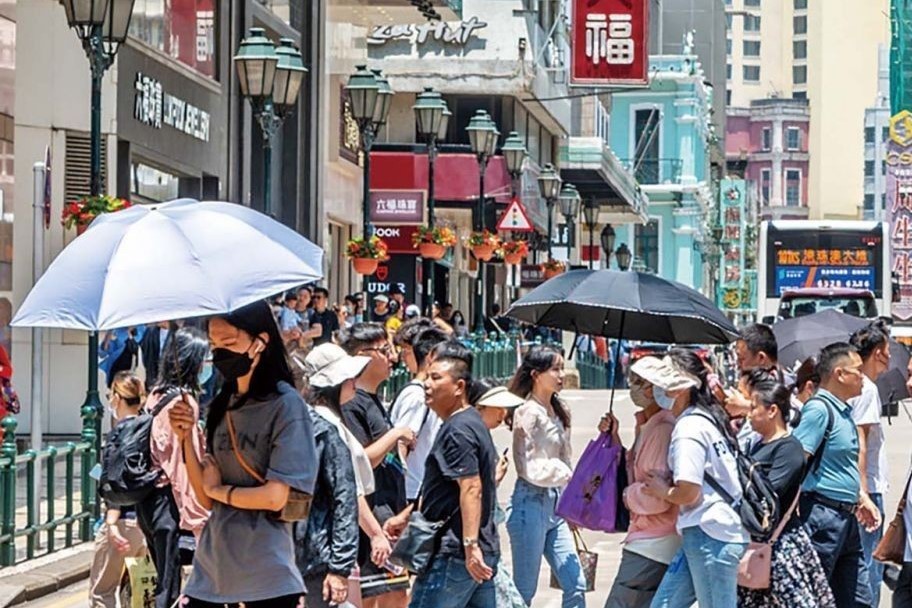
In recent years, overnight visitors spent significantly more — at least five times more per capita. They spend on a broader spectrum of activities and businesses, distribute themselves more evenly in space and time, and bear much less pressure on the city and its residents’ lives.
Different types of visitors produce diverse impacts that justify diverse measures. A one-size-fits-all tool will be too blunt. Any policy setting visitors’ quotas (or alternative measures with similar purpose) should start by acknowledging and clearly distinguishing those situations and dealing with them differently.
We should go further. That is a very general classification; careful and detailed profiling of the visitors to Macau, beyond these two categories, should be a necessary antecedent to any tourism management policy – a “know thy customer’ of sorts, allowing for a calibrated intervention, if or when it is required.






